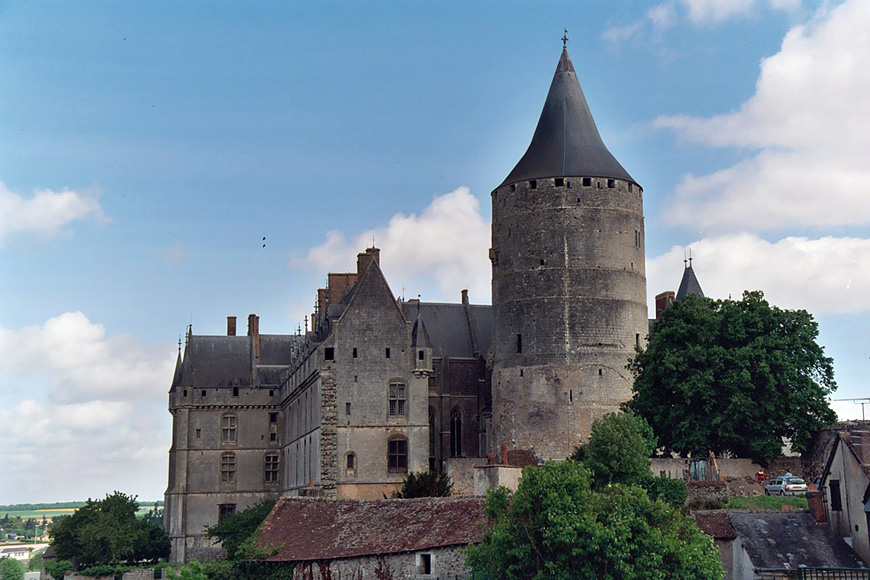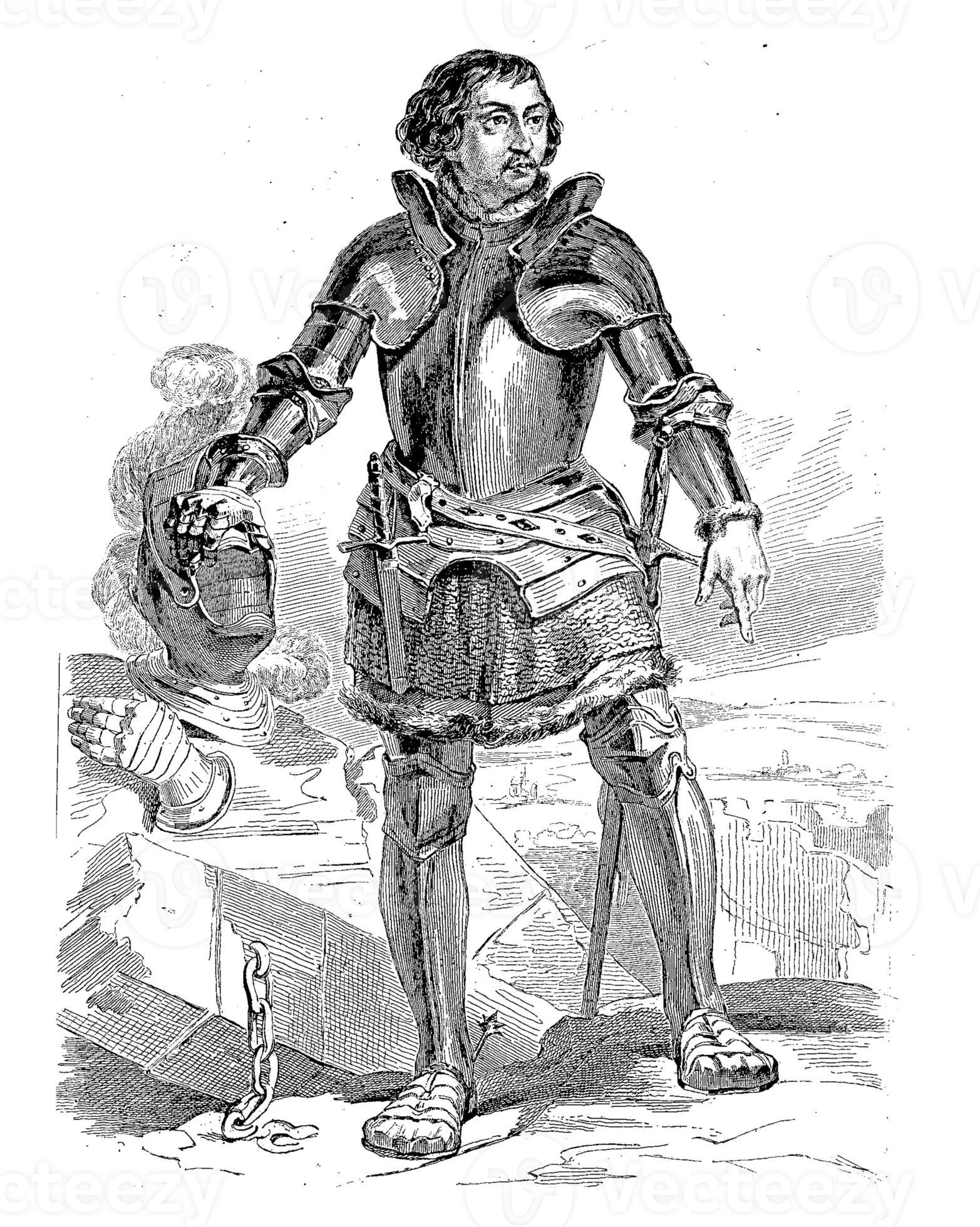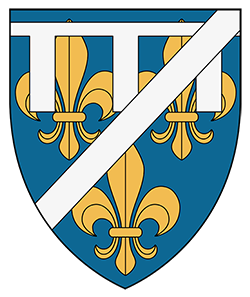Jean de Dunois - Count of Dunois
The Bastard of Orléans
Jean de Dunois was a French Nobleman and military commander during the Hundred Years' War who fought alongside Joan of Arc and La Hire in military campaigns and played a considerable role in France's final victory over England.

Jean was born on the Isle de France in Paris, France, on November 23rd, 1402. He was the illegitimate son of Louis I, Duke of Orléans, and his mistress Mariette d'Enghien. He was raised together with his father's legitimate children.
In 1407, Dunois's father, Louis, was savagely assassinated on the orders of John the Fearless, and eight years later, at the Battle of Agincourt, his half-brother, Charles, Duke of Orléans, was captured and held prisoner by the English for twenty-five years, leaving Jean de Dunois the only adult male to represent the house of Orléans. He was also a Knight of the Order of the Porcupine.
He was nicknamed the Bastard of Orléans, a mark of high status as it acknowledged him as first cousin to King Charles VI and acting head of a cadet branch of the royal family during his half-brother's captivity.
During the reign of Charles VI, Dunois took the side of the Armagnacs (supporters of Charles) during the civil war in France and was captured by the Burgundians in 1418. When he was released in 1420, he entered the service of the Dauphin Charles, future King Charles VII, fighting in the Hundred Years' War against the English. Jean was later appointed Grand Chamberlain.
Jean de Dunois aligned with Etienne de Vignolles (La Hire) in confronting the English and recapturing La Mans briefly. He was also at Baugé on March 22nd, 1421, for the Dauphinsts' victory.
In April of 1422, Jean de Dunois married Marie Lovett at Bourges. They had no children, and Marie died in 1426.
In 1427, Arthur de Richemont, La Hire, and Dunois forced the Earl of Warwick to end his siege of Montargis.

On October 25th, 1428, Jean de Dunois arrived at Orléans with 800 men-at-arms to help defend the city under siege by the English. By February 1429, French morale was low, and Louis de Culan retreated from Orléans, leaving Dunois in charge. In April 1429, Joan of Arc arrived at Orléans, and Dunois became her faithful alley. He was one of the first military leaders to value her participation, and after three months, the French, under Joan of Arc, Jean de Dunois, and La hire, succeeded in raising the Siege of Orléans by the English. On May 8th, 1429, both sides prepared for battle, but Joan refused the fight because it was a Sunday. John Talbot, the English commander, decided he had nothing to gain by staying and ended the siege, withdrawing the English Army.
Jean de Dunois attended the coronation of Charles VII in July of 1429 in Rheims. He captured Chartres in 1432 and engaged in a series of campaigns, resulting in a triumphal entry into Paris in 1436.
On July 21st, 1439, Dunois received from his half-brother Charles, Duke of Orléans, the county of Dunois, titles of Count of Dunois and Count of Longueville and the castle of Châteaudun. Dunois had the old castle demolished and built the Sainte-Chapelle and Dunois wing (west wing) of the new castle, creating a palace that enclosed huge kitchens, the old bath chambers, which were later converted into dungeons, a courtroom, and an ostentatious stairway. Château de Châteaudun was one of France's first castles built for leisure.
On October 26th, 1439, Dunois married again, this time to Marie of Harcourt, daughter of Jacques d'Harcourt. They had four children: Jean, Francois, Marie, and Catherine.
Dunois participated in the Praguerie Revolt in 1440 against Charles VII and later was a League of the Public Weal leader against King Louis XI in 1465, but regained favor at court after each conflict.
Jean helped Louis XI, then the Dauphin of France, raise the English siege at Dieppe in August of 1443, for which Louis vowed to rebuild the Basilica of Notre Dame de Cléry if they were victorious. The church had been destroyed by English troops in 1428.
In 1451, Dunois reconquered the whole of Guyenne, forcing the English to surrender at Bordeaux in June and Bayonne in July, effectively bringing the Hundred Years' War to an end in 1453 at the Battle of Castillon.
Jean de Dunois died of pneumonia during a winter trip to Château de L'Hay on November 24th, 1468. He was buried in the Basilica of Notre Dame de Cléry.
